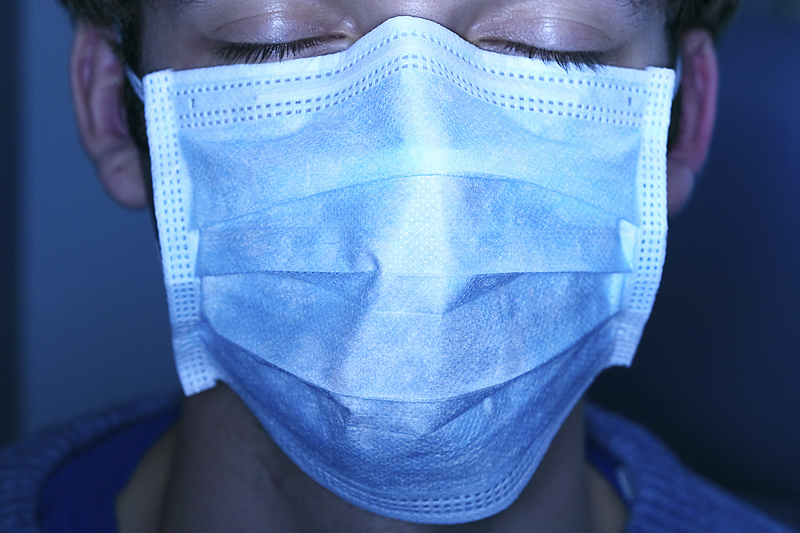
FRIDAY, June 24 (HealthDay News) — Children who live in stress-filled homes experience more air pollution-related lung damage than kids in less stressful environments, a new study finds.
Researchers looked at the effects of traffic-related pollution and parental stress on 1,400 children, aged 10 to 12, in California. There were no significant associations noted between parental stress alone and lung function levels in the children.
But as exposure to traffic pollution increased, lung function decreased among children in high-stress homes. This did not occur among children in low-stress homes, said the researchers at the Keck School of Medicine of the University of Southern California, Los Angeles.
Certain factors associated with low socioeconomic levels were also linked with high stress, such as an annual income below $30,000, low education levels among parents, no air conditioning in the home and a lack of health insurance.
The study appears online ahead of print in the American Journal of Respiratory and Critical Care Medicine.
“One possible explanation for the stress-related pattern of [traffic-related pollution] respiratory effects is the biological pathways common to effects of traffic-related pollution and stress,” lead researcher Talat Islam, an assistant professor in the environmental health division at Keck, said in a news release from the American Thoracic Society.
“Like air pollution, stress has been linked to both inflammation and oxidative damage at the cellular level, so this may explain the association,” he added.
The public health implications of this finding are clear, he noted.
“The magnitude of the traffic-related pollution-associated deficits in [lung function] levels in children growing up in high-stress households was larger than deficits reported for children exposed to maternal smoking during pregnancy and secondhand tobacco smoke,” Islam said.
“Our findings suggest that by regulating traffic-related pollution levels around residential areas and schools, we could reduce the adverse effect of traffic-related pollution on lung function among vulnerable children,” he concluded.
More information
The U.S. Centers for Disease Control and Prevention has more about respiratory health and air pollution.

